Author: Will Lovell
One of the ways brewers are able to create beers with unique characteristics is through the use of various types of hops. While myrcene, caryophyllene, and humulene are the most prominent terpenes in nearly all varieties, the concentrations of less abundant essential oils such a linalool and geraniol have a significant impact on the ultimate aroma and flavor of beer.
Bred in Northern England in 1934 as a cross between Canterbury Golding and Brewer’s Gold, Northern Brewer is known to impart beer with pleasant wood, pine, and mint characteristics. Given its age, Northern Brewer has been used in the breeding of a handful of newer varieties, one of which is Target. The progeny of Northern Brewer and a male Eastwell Golding, descriptors for Target include citrus, marmalade, and sage.
As much as I enjoy designing recipes from scratch, I often get inspiration from other recipes I find online, though I’ve run into the issue of not having the exact hops used by the original brewer. In these cases, I’ll substitute in a variety based on recommendations, which I’ve found tend to be based on each hops’ family tree. Considering how closely related Norther Brewer and Target are, and that fact they’re viewed as solid substitutions for each other, I designed an xBmt to test it out for myself.
| PURPOSE |
To evaluate the differences between an American Pale Ale hopped entirely with Northern Brewer and one hopped entirely with Target.
| METHODS |
For this xBmt, I went with a simple American Pale Ale recipe that I felt would emphasize the hop character.
Bullseye
Recipe Details
| Batch Size | Boil Time | IBU | SRM | Est. OG | Est. FG | ABV |
|---|---|---|---|---|---|---|
| 5.5 gal | 60 min | 34.3 | 5.9 SRM | 1.051 | 1.01 | 5.38 % |
| Actuals | 1.051 | 1.01 | 5.38 % | |||
Fermentables
| Name | Amount | % |
|---|---|---|
| Wildfire Pale Malt | 10 lbs | 83.33 |
| Vienna Malt | 2 lbs | 16.67 |
Hops
| Name | Amount | Time | Use | Form | Alpha % |
|---|---|---|---|---|---|
| Northern Brewer OR Target | 10 g | 60 min | Boil | Pellet | 10.2 |
| Northern Brewer OR Target | 15 g | 20 min | Boil | Pellet | 10.2 |
| Northern Brewer OR Target | 21 g | 5 min | Boil | Pellet | 10.2 |
| Northern Brewer OR Target | 56 g | 2 min | Boil | Pellet | 10.2 |
| Northern Brewer OR Target | 56 g | 4 days | Dry Hop | Pellet | 10.2 |
Yeast
| Name | Lab | Attenuation | Temperature |
|---|---|---|---|
| Flagship (A07) | Imperial Yeast | 77% | 32°F - 32°F |
Notes
| Water Profile: Ca 92 | Mg 0 | Na 0 | SO4 152 | Cl 49 |
Download
| Download this recipe's BeerXML file |
After adding identical volumes of RO water to separate Delta Brewing System AIO units then setting the controllers to heat them up, I weighed out and milled the grains.
Once the water for each batch was adequately heated, I incorporated the grains and set the controllers to maintain my target mash temperature of 154°F/68°C.
While the mashes were resting, I prepared the kettle hop additions.
Once each 60 minute mash was complete, I sparged to collect the same pre-boil volume then boiled the worts for 60 minutes before chilling them and transferring identical volumes to sanitized Kegmenters.
Refractometer readings showed both worts achieved the same target OG
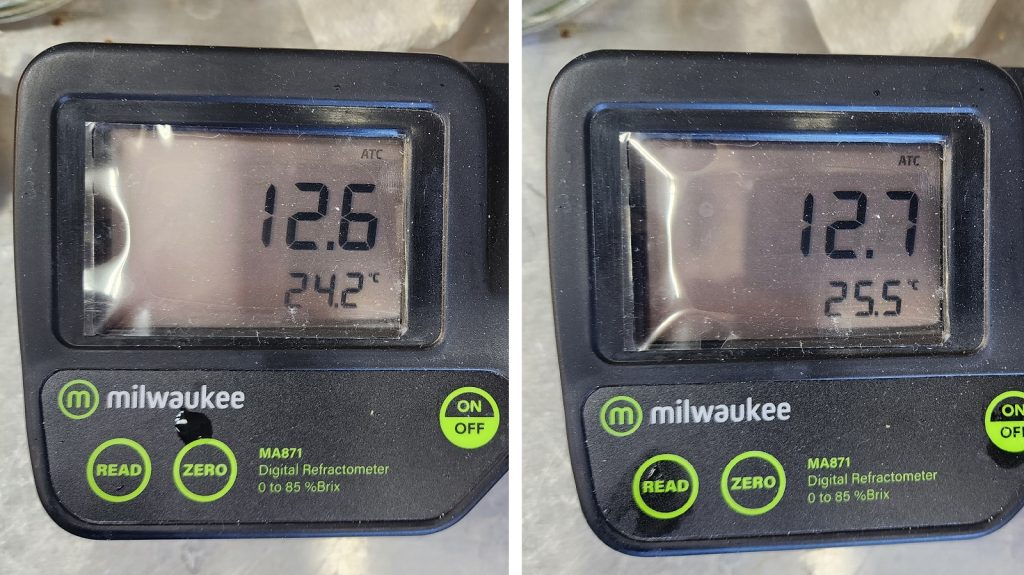
The filled carboys were placed in my chamber and left to finish chilling to my desired fermentation temperature of 66°F/19°C for a few hours before I pitched a pouch of Imperial Yeast A07 Flagship into each.
After 3 days of fermentation, I added the dry hops and left the beers alone for another 5 days before taking hydrometer measurements showing they were at the same FG.
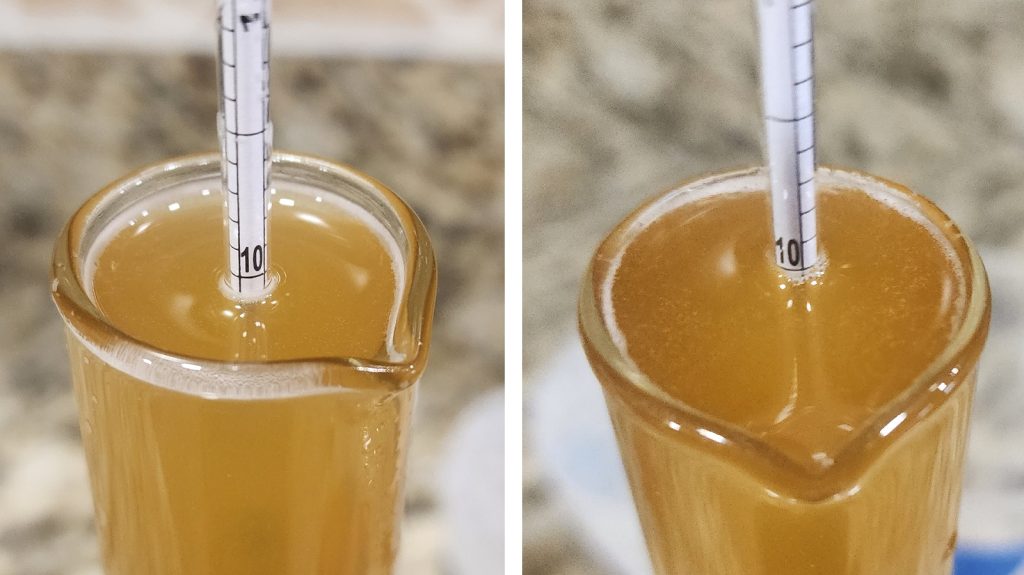
At this point, I cold crashed the beers overnight then pressure transferred them to sanitized kegs, which were placed in my keezer and left on gas for 2 weeks before they were ready to serve.
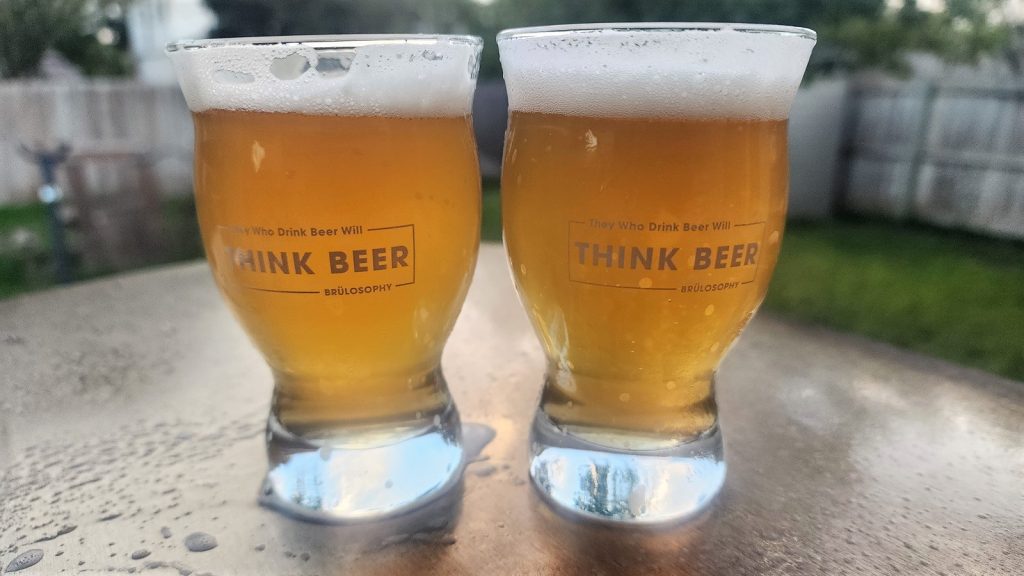
| RESULTS |
A total of 20 people of varying levels of experience participated in this xBmt. Each participant was served 2 samples of the beer made with Northern Brewer hops and 1 sample of the beer made with Target hops in different colored opaque cups then asked to identify the unique sample. In all, 11 tasters (p<0.05) would have had to accurately identify the unique sample in order to reach statistical significance, which is exactly how many did (p=0.038), indicating participants in this xBmt were able to reliably distinguish an American Pale Ale made entirely with Northern Brewer Hops from one made entirely with Target hops.
The 11 participants who made the accurate selection on the triangle test were instructed to complete a brief preference survey comparing only the beers that were different. A total of 7 tasters reported preferring the Northern Brewer beer, 3 said they liked the Target beer more, and 1 had no preference despite noticing a difference.
My Impressions: Out of the 5 semi-blind triangle tests I attempted, I correctly identified the odd-beer-out 4 times. While far more similar than I expected, I perceived the beer made with Northern Brewer hops as having a slight minty note that was not present in the beer hopped with Target.
| DISCUSSION |
There currently exists more than 250 distinct hop varieties, and while they all have quite a bit in common, it’s the small differences that contribute unique characteristics to beer. Originally bred nearly a century ago, Northern Brewer hops are known to impart delightful wood, pine, and mint notes to beer, while it’s daughter, Target, is known to contribute citrus and herbal characteristics. Despite their close relationship, tasters in this xBmt were able to reliably distinguish an American Pale Ale made entirely with Northern Brewer Hops from one made entirely with Target hops.
The most obvious explanation for this result is that the hops are simply different, so they are expected to contribute different characteristics to beer. Indeed, whereas Northern Brewer contains upwards of 20% caryophyllene and 50% humulene, terpenes associated with woody and herbal aromatics, Target has less than 1% caryophyllene and 20% humulene.
While I perceived these beers as being very similar overall, I was surprised that both blind tasters and myself were able to tell them apart with some level of consistency. I thought both beers were quite nice, though if forced to choose a favorite, the edge goes to the Target hopped beer. That said, what I enjoyed most was a 50/50 blend of each!
If you have any thoughts about this xBmt, please do not hesitate to share in the comments section below!
Support Brülosophy In Style!
All designs are available in various colors and sizes on Amazon!
Follow Brülosophy on:
FACEBOOK | TWITTER | INSTAGRAM
If you enjoy this stuff and feel compelled to support Brulosophy.com, please check out the Support page for details on how you can very easily do so. Thanks!


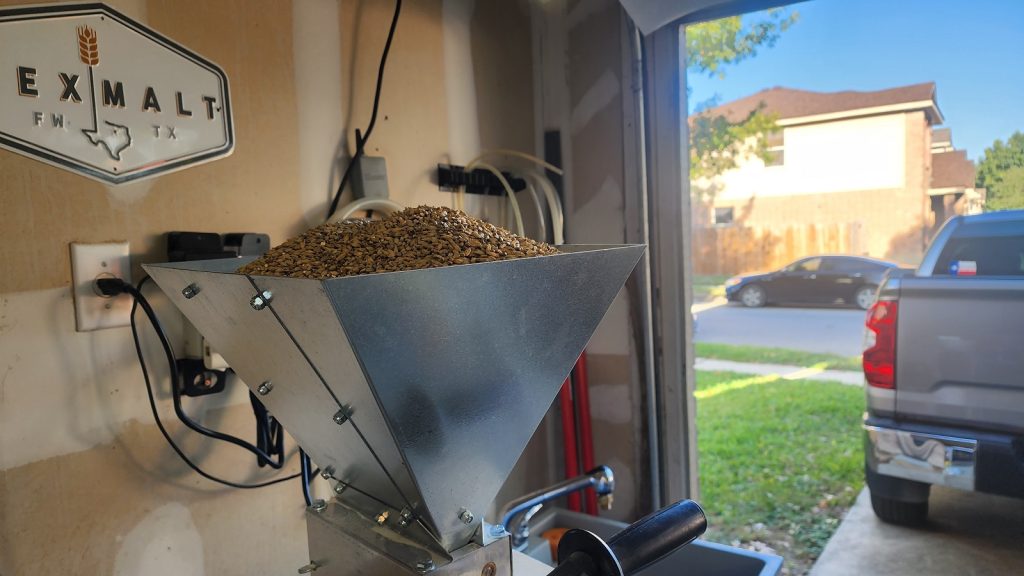
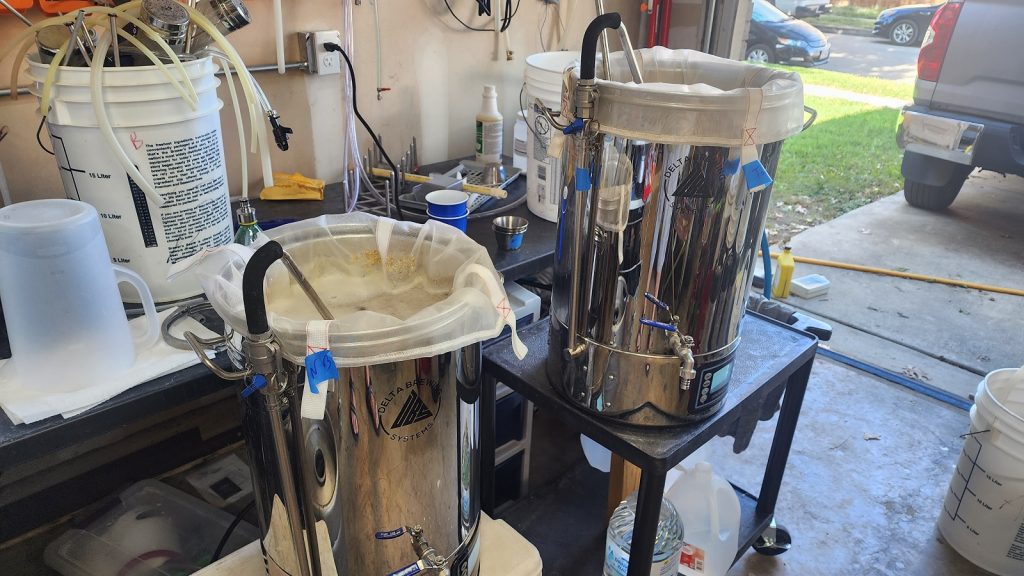
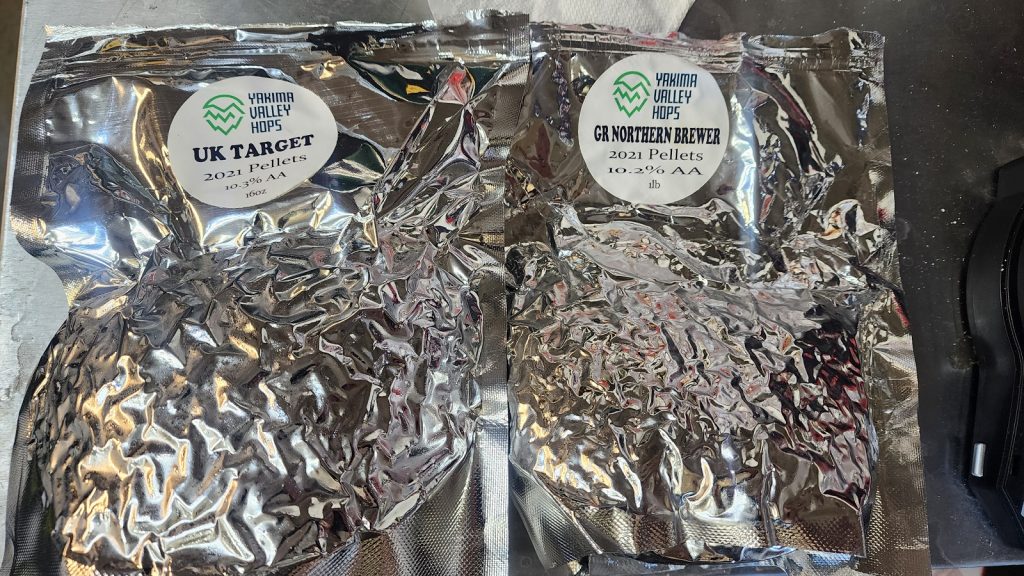
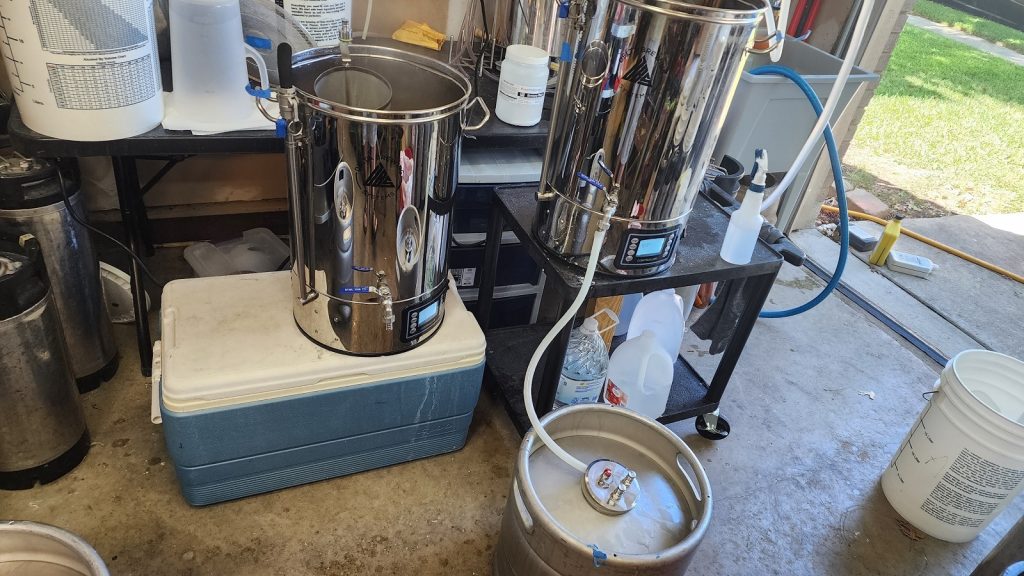
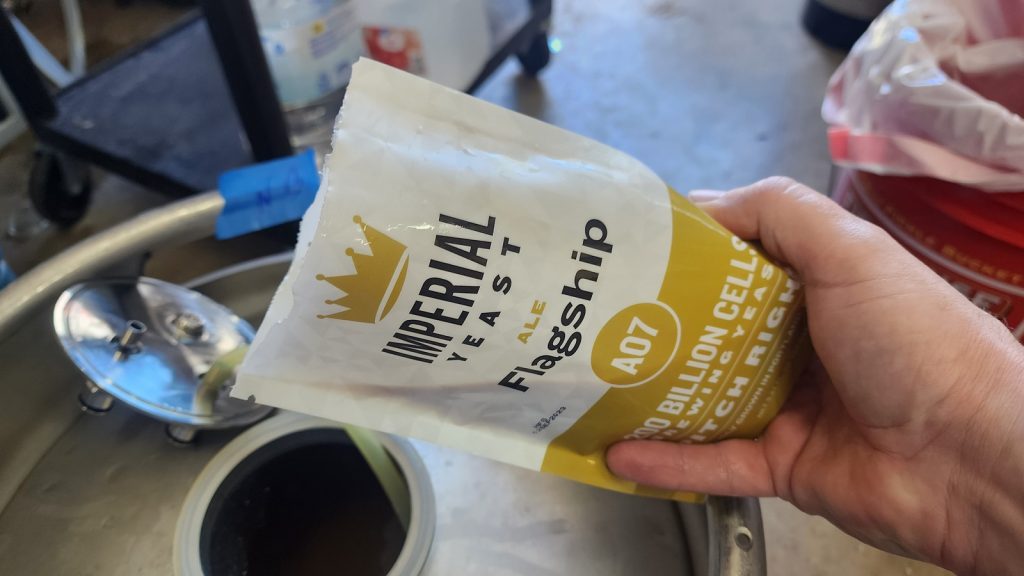











4 thoughts on “exBEERiment | Hop Comparison: Northern Brewer vs. Target In An American Pale Ale”
Awesome exbeeriment! I didn’t realize the two hops were so close. I’ve used Northern Brewer in California Commons a number of times, I like it, and have even extended its use to very late in the boil and whirlpooled it. I tried Target only once and was distracted by the sage smell – to me it was very strong and I didn’t care for it. But it might be that the flavor profiles change over time, or perhaps by where the hops are grown, or what the season is like for them (hot, cold, dry, wet, etc.). I may need to try Target again, I read it’s used in the Fuller’s ESB and is part of the subtle marmalade character. Thanks for making me think about it again.
PS at the time I write this, the yeast temp (for fermentation I believe) is listed as 32F – 32F. It might need a revision there, if I’m not misunderstanding.
Northern Brewer is such a good hop, but I was pretty pleased with how Target showed up as well. I think I would try combining the two in an English ale before I used them in a single hopped beer, but both are great hops.
More like this, please! This is a great setup for a hop flavor xBmt, especially for hops that could potentially be substituted in recipes. Hallertau vs Liberty or Mt Hood in a lager, Chinook vs Columbus in a Pale Ale, Saaz vs Sterling in a Pilsner, etc. would all be great to see.
We have some future hop comparisons in planning. I have so far tended to focus on parentage and terroir, but as we build it might make sense to branch out from that.